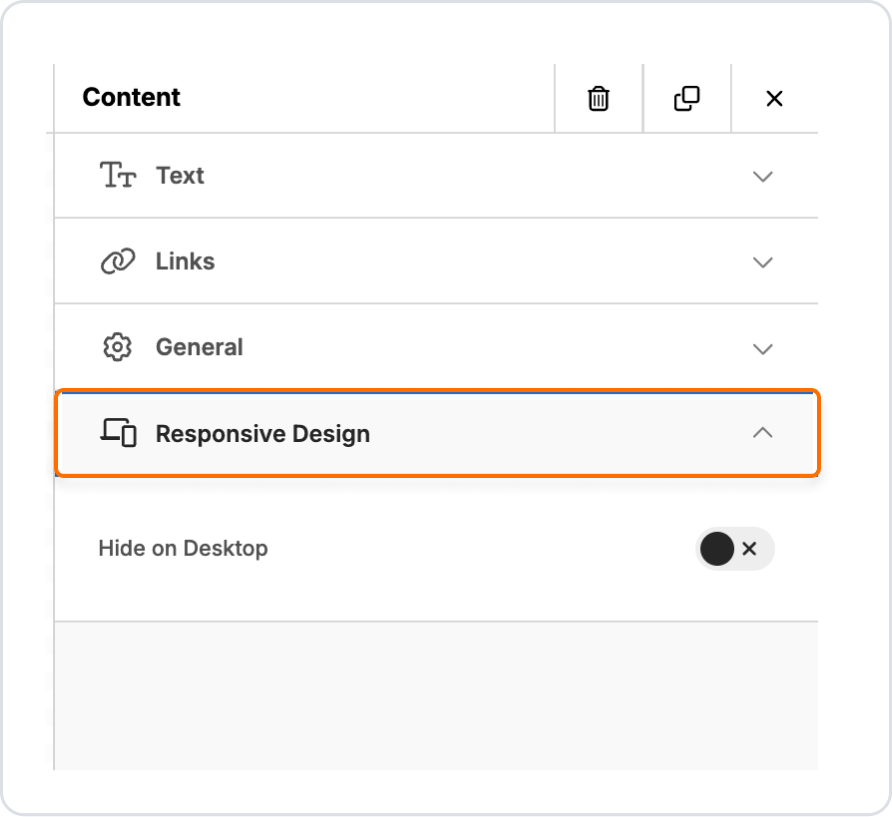

Kuika's Email Builder module allows you to quickly and easily prepare emails to be sent to the end users of the application you are developing. You can use more than 200 ready-made email templates in the module or you can start with a blank email and create the design that suits your needs. In this training content, you will learn the process of preparing e-mails step by step.
You can use the Email Builder module to create and add email notifications for end users of the application you are developing.
To create a new email:



There are many elements in the Content tab in the email template creation interface. You can add the elements in the Content tab to the template with drag and drop.































The Blocks tab in the email template creation interface provides a variety of block structures for page layout. To add block structures to the email template you are creating, simply drag and drop the desired element into the templating area. By hovering over the columns in the block structure you added, you can add the element to these columns.




You can use the default Verify Email, Set Password, Task Notification and Reset Password templates from the Add Email template area in the left panel.

Verify Email is a canned email template used to ask recipients to verify their email address. This template is typically used when users of the application you are developing are registering for the application or to ensure account security.

Task Notification is a ready-made email template used to notify or remind end-users of applications with Process Automation (Workflow) added to them about a specific task.

Set Password is a canned email template for when users create an account or want to reset their password. This template aims to help users securely set their passwords and access their accounts.

Reset Password is a canned email template used to reset a user's password when they have forgotten it or are unable to access it. Reset Password guides the user to regain access to their account.

You can add parameters on the template to work with dynamic data in the e-mail template you have created.
To add parameters, you can add dynamic data to the field you want to pull in parameter format.
To define the parameter values you have added, you can return to the UI Design module and define parameter values through actions.
In the applications you develop with Kuika, you can perform configuration and parameter definition operations for the e-mail template you created using the Send Mail action from the system actions.
In an example scenario, follow the steps below, considering that an e-mail template created and containing parameters is given an action through the application screen:
Mail Type Custom
Mail Type Template